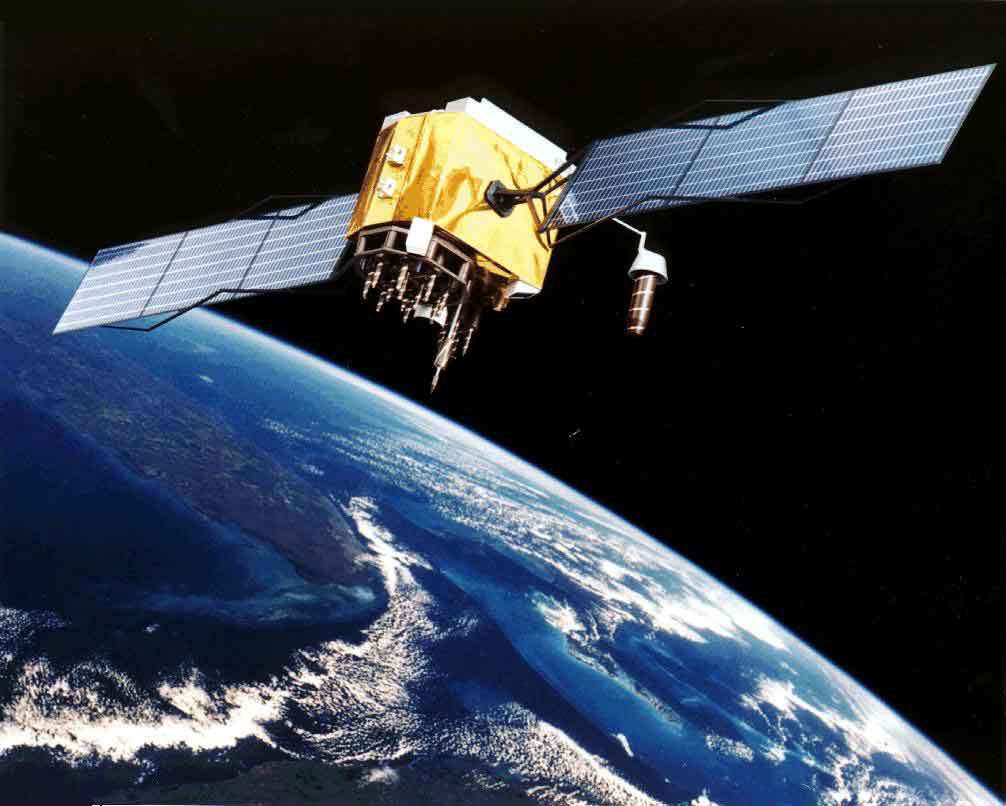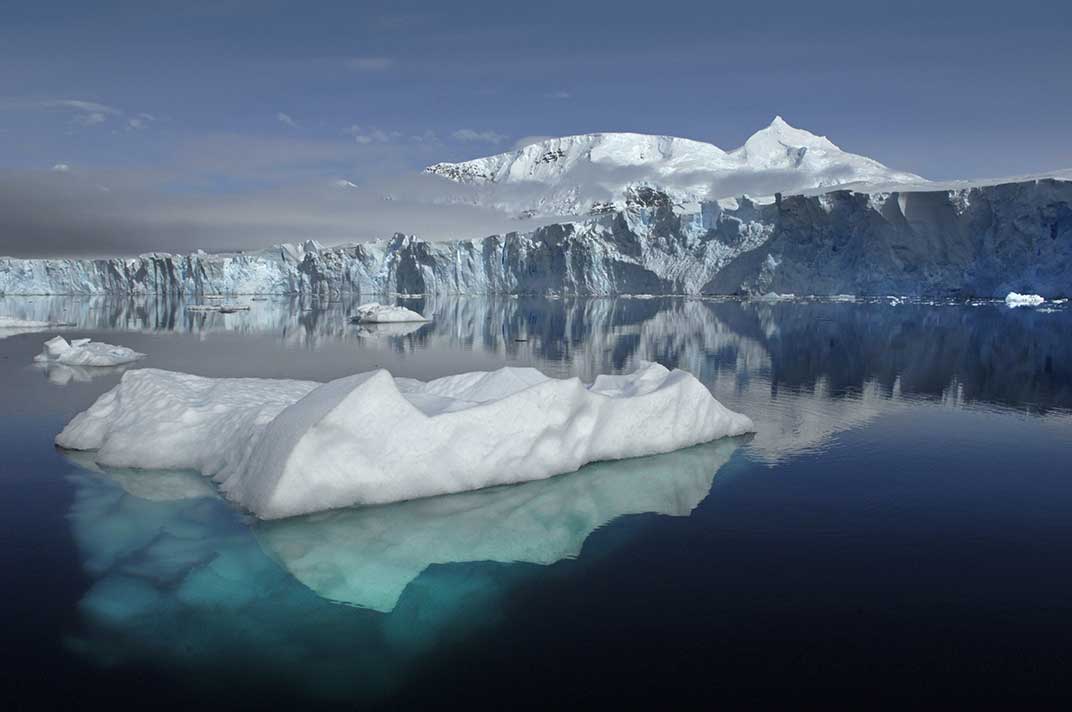Climate Variability and Prediction
GFDL scientists develop and use global coupled ocean-atmosphere climate models to improve understanding of climate variability and change on seasonal to centennial time scales, to assess the predictability of the climate system, and to advance the state of the art in climate predictions.
El Niño and La Niña
The El Niño / Southern Oscillation (ENSO) is the Earth’s dominant mode of climate variability on seasonal to interannual time scales. ENSO is a year-to-year fluctuation of sea surface temperatures (SSTs), rainfall, winds, and currents over the tropical Pacific Ocean, which affects weather, economies, and ecosystems worldwide. GFDL pursues research to better understand and predict ENSO and other seasonal-to-interannual climate variations, including their responses to global warming. Our scientists are engaged in a vigorous effort to understand and simulate ENSO, to forecast its effects on seasonal-to-interannual time scales, and to predict how its impacts may change over the coming decades.
Climate Data Assimilation

Due to insufficient observations and an incomplete understanding of physical processes, climate models always contain some biases, and they may produce climate features and variability which are different from the real world. For understanding climate variability and predictability on seasonal-interannual to decadal scales, GFDL scientists use coupled model dynamics to extract observational information from the earth observing system and reconstruct the historical and present states of the earth climate system.
Multidecadal Climate Changes
Large multidecadal variations referred to as the Atlantic Multidecadal Oscillation (AMO) or Atlantic Multidecadal Variability (AMV) have been observed in the Atlantic sea-surface temperatures (SST). These oceanic variations are associated with large-scale global air-temperature anomalies far beyond the Atlantic region. While the AMV is thought to be mainly driven by natural variations, it is also influenced by external forcing including greenhouse gases, aerosols, and volcanoes. Depending on the phase of AMV, an enhanced or reduced large-scale warming could be observed in the future, in addition to the anthropogenic induced warming. Identifying the exact mechanisms behind AMV variations is crucial to provide reliable predictions of decadal changes.
Arctic Sea Ice Predictions

Continuous observations of Arctic sea-ice cover have become possible since 1979 with the use of passive microwave satellite instruments. The minimum of Pan-Arctic sea-ice extent occurs each year in September. Since the beginning of the record, September sea-ice extent has decreased by about 40%. Large year-to-year fluctuations occur on top of the long-term decline, such as the 1996 maximum, and the 2007 and 2012 minima. Predicting these fluctuations is critically important to improve management of ocean and coastal resources in the Arctic.


